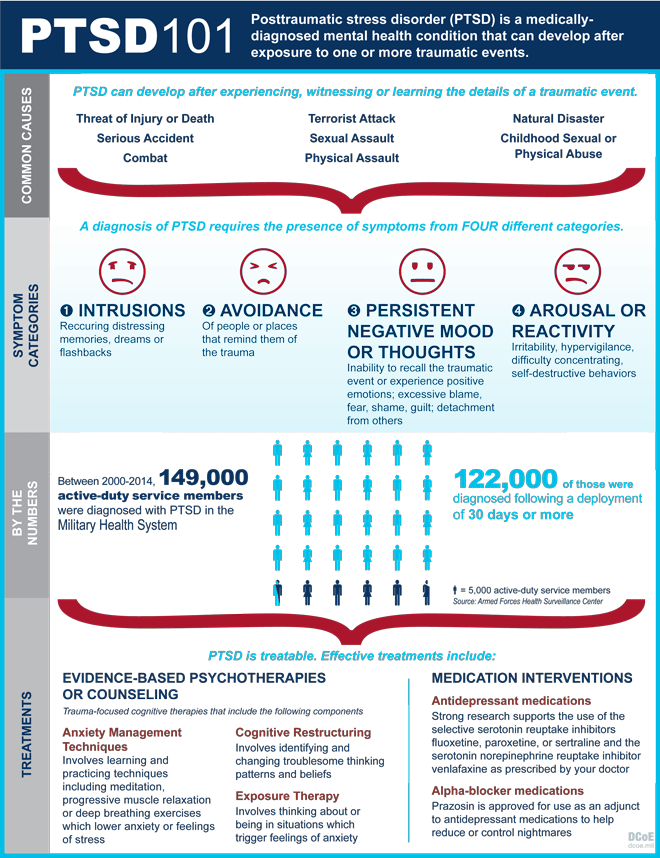
While we are all familiar with PTSD, assessing it and addressing it may not be something we do each day. People with PTSD have symptoms they may not understand and feel helpless to get rid of, and losses they need to grieve. However, they also have skills (strengths) they have used to help them survive until now. Learn about ways you can help clients prevent vulnerabilities, find the energy and drive to do the work of recovery and address those terrifying and seemingly uncontrollable symptoms.
It is easier (and more effective) to build upon something that already works to some extent. A strengths-based approach helps people identify how they are already trying to cope and builds on that. There are two types of strengths that are both equally important: Prevention/Resilience Strengths, or what you do on a daily basis to stay healthy and happy; and intervention/coping strengths which help the person answer the questions, “In the past when you have felt this way, what helped? What made it worse?”
In general it is helpful for people with PTSD to understand that their symptoms may be a primitive way their brain is trying to help them stay safe and not get in that situation again. Additionally, they not only need to address/mitigate the symptoms of PTSD they are experiencing, but also develop a plan to help them manage their stress and prevent getting warn down (vulnerability prevention).
The following video reviews some techniques and new ways of looking at PTSD symptoms which might be helpful to clients. View the Counseling CEU course based on this presentation. This course is also available as part of our unlimited counseling CEU packages.
2 LPC, LMHC, LMFT, LCSW CEUs are available.
